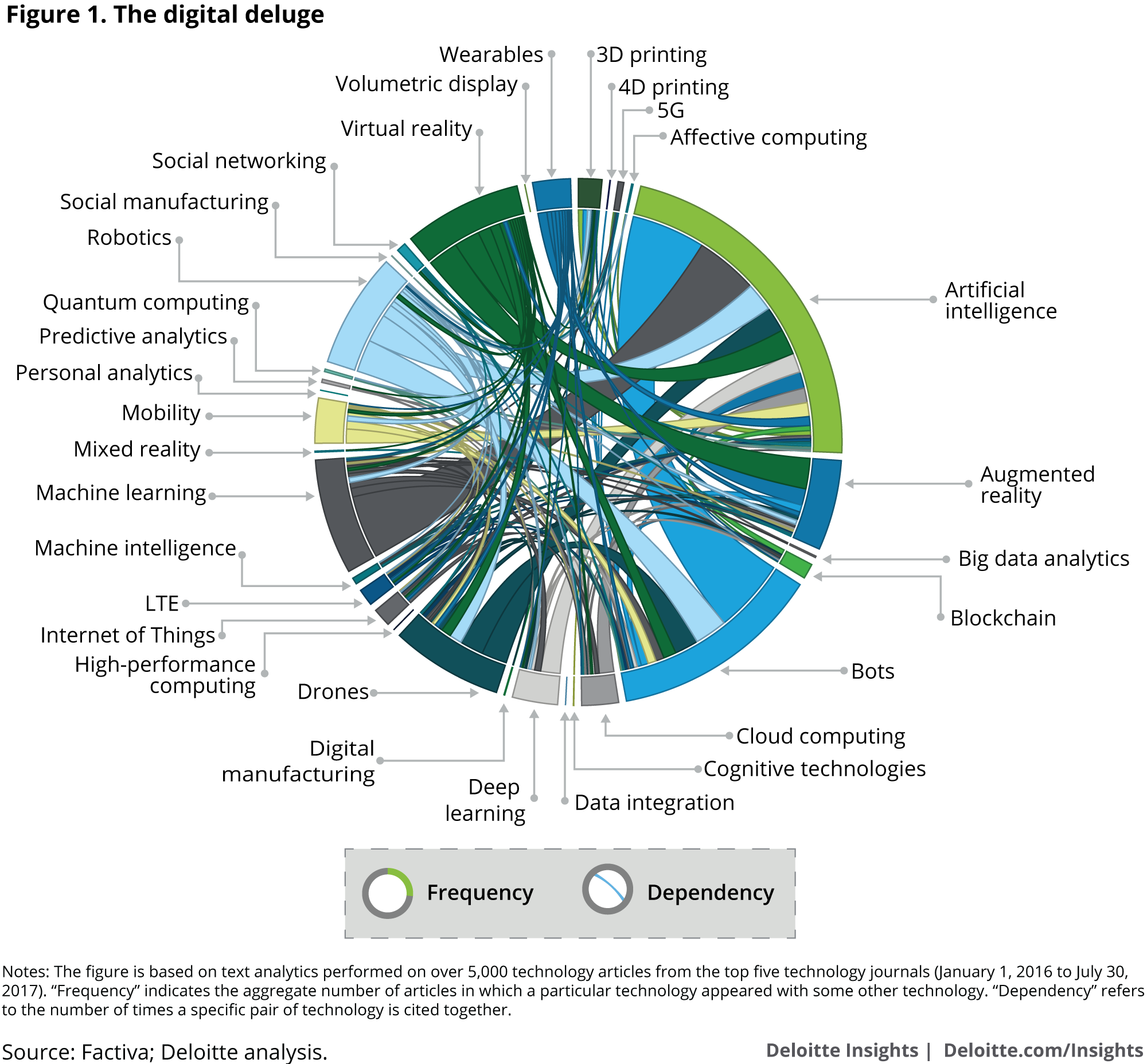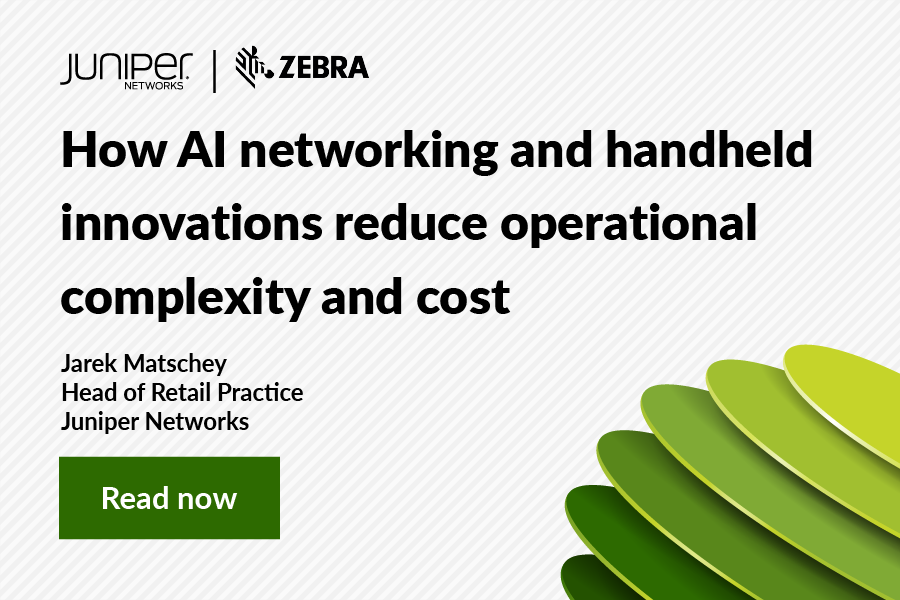As we reflect on the recent Juniper Networks EMEA Government Virtual Summit, we would like to extend our appreciation and thanks to all who attended and participated. The event was highly successful with excellent feedback, and we look forward to hosting more events soon.
Among speakers and attendees, the need to manage critical, highly complex public services was a key theme throughout the event. It’s vital that governments achieve innovation without disruption to essential, constantly accessed national services. They must accomplish this while remaining agile and responsive to any changes or crises in an unpredictable socio-political environment. At the same time, as society continues to mature digitally, citizen engagement is evolving, with new expectations of how governments deliver public services to constituents. For governments to meet this changing demand, they need a digital strategy that includes a foundational network capable of providing the required ‘experience-first’ flexibility, scale, security and agility.
Demands on the network have grown exponentially over the past 50 years. Consider:
- In 1969 the Advanced Research Projects Agency Network (ARPANET) was launched, creating the core of what became the internet. The project gradually grew from an initial four-node network to connect an increasing number of computer science projects at universities and government institutions across the United States.
- In 2021, advanced networks have the potential to foster new, user-experience service models that can create more resilient and secure solutions that direct and increase value at the network edge.
The journey over the last five decades has delivered exciting new outcomes, enabled by innovations in networking. As the deluge of digital advancements (See Figure 1) continue to surface and evolve, complexity and cybersecurity breaches have risen as top concerns for governments. As a result, modernized networks must be dependable, simplified and deliver security awareness at every point of connection.

Governments that seek positive outcomes from digital transformation want to establish themselves in a modernizing landscape. Here are four ideal outcomes:
- Provide a better experience for employees and to constituents
- Optimize operations and productivity within constrained budgets
- Operationalize data
- Support these outcomes securely
A modernized network architecture that directly addresses governments’ needs can:
- Enable new digital advancements and strategic outcomes
- Employ digital advancements like Artificial Intelligence and Machine Learning
- Deliver with assurance the same top four outcomes, from client to cloud
Juniper uses AI to bridge the gaps between the network, applications, security and devices to deliver world-class user experiences. We help governments see that, just because the network is passing traffic, doesn’t mean users have positive experiences. We help governments optimize productivity by enabling experience-based workforce agility (at home or office) and improve collaboration across operations, NetOps, SecOps, DevOps and GovOps. With our solutions, governments can operationalize data with AIOps to move away from manual analytics of data silos and into automated, actionable intelligence. We converge networking and security by extending security to every point of connection, creating an automated, Threat-Aware Network.
Watch the EMEA Government Virtual Summit on Demand
Additional Resources


